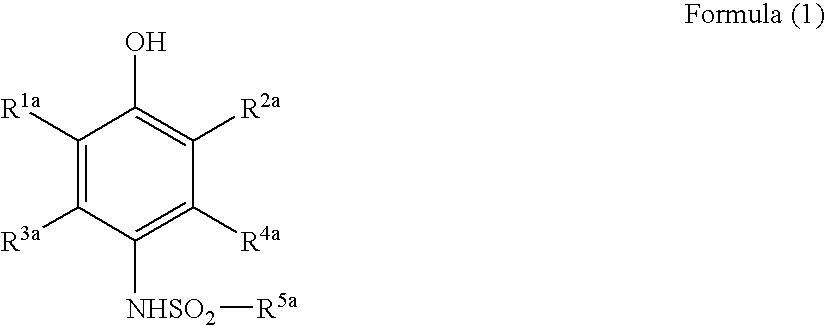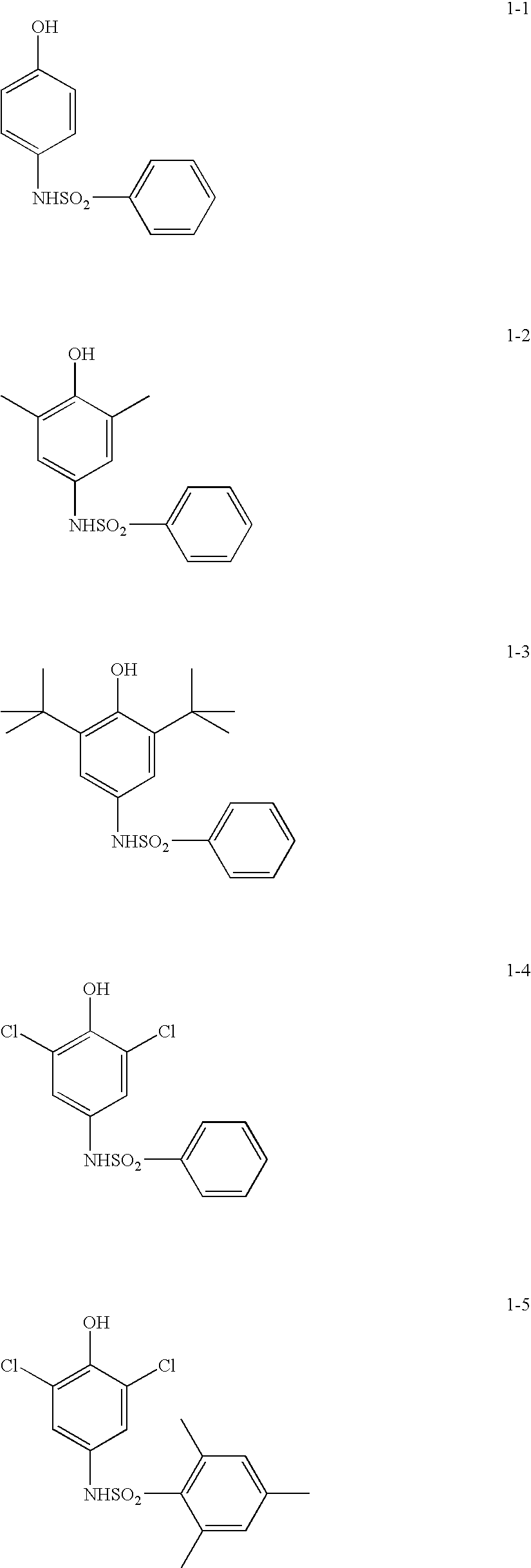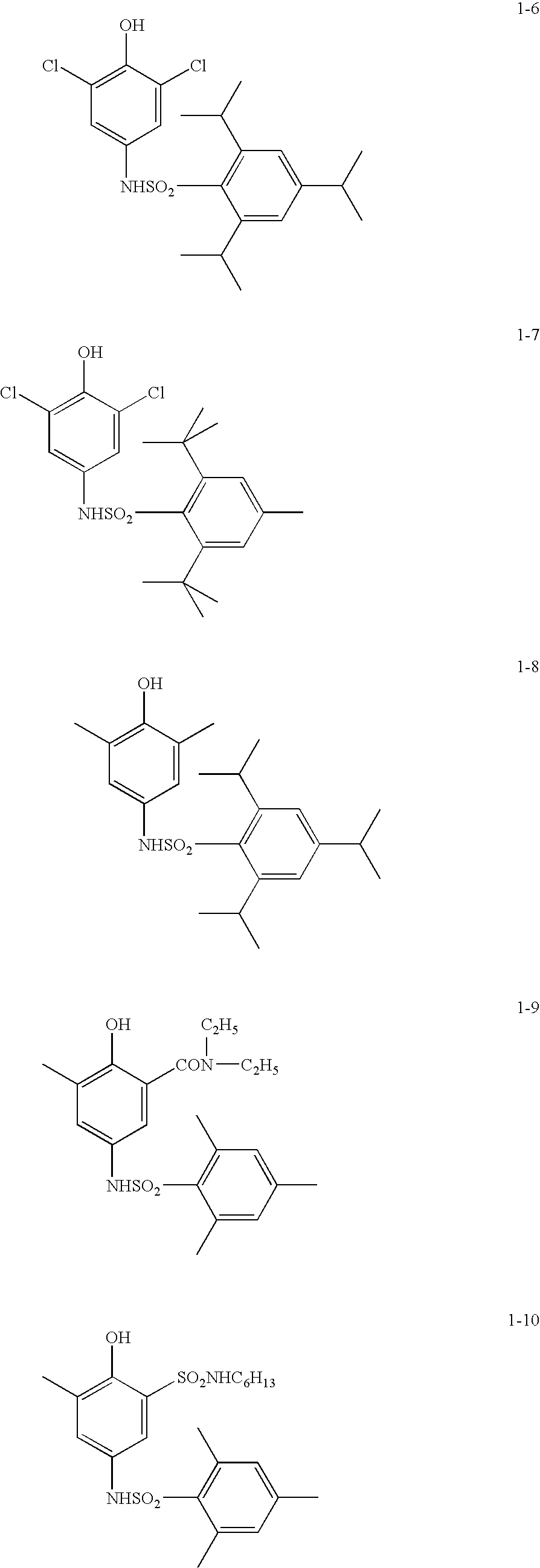Black and white photothermographic material
a technology of photothermographic material and black and white, applied in the field of black and white photothermographic material, can solve the problems of difficult to achieve high sensitivity, photothermographic material, sensitivity change or fog increase,
- Summary
- Abstract
- Description
- Claims
- Application Information
AI Technical Summary
Benefits of technology
Problems solved by technology
Method used
Image
Examples
example 1
1. Preparation of PET Support
1-1. Film Manufacturing
[0438]PET having IV (intrinsic viscosity) of 0.66 (measured in phenol / tetrachloroethane=6 / 4 (mass ratio) at 25° C.) was obtained according to a conventional manner using terephthalic acid and ethylene glycol. The product was pelletized, dried at 130° C. for 4 hours, and melted at 300° C. Thereafter, the mixture was extruded from a T-die and rapidly cooled to form a non-tentered film.
[0439]The film was stretched along the longitudinal direction by 3.3 times using rollers of different peripheral speeds, and then stretched along the transverse direction by 4.5 times using a tenter machine. The temperatures used for these operations were 110° C. and 130° C., respectively. Then, the film was subjected to thermal fixation at 240° C. for 20 seconds, and relaxed by 4% along the transverse direction at the same temperature. Thereafter, the chucking part was slit off, and both edges of the film were knurled. Then the film was rolled up at th...
example 2
[0591]Preparations of photothermographic material Nos. 21 to 30 were conducted in a similar manner to the process in the preparation of sample No. 2 of Example 1 except that the color developing agent and the coupler were changed to the compounds shown in Table 3.
[0592]Evaluation was performed similar to Example 1. The obtained results are shown in Table 3.
[0593]Samples of the present invention attain excellent results in high sensitivity, high maximum density, and excellent color tone across the overall image density area from low density area to high density area. Moreover, samples of the present invention provide favorable results with respect to image storability such as small increase in fog and small change in color tone during storage.
TABLE 3ColorDevelopingAgentCouplerImage ToneImage StorageAdditionAdditionPhotographicMiddleHighStabilityAmountAmountPropertiesLow DensityDensityDensityChange inSample No.No.(mmol / m2)No.(mmol / m2)FogΔSDmaxAreaAreaAreaΔFogColor ToneNote211-50.4CC-8...
PUM
| Property | Measurement | Unit |
|---|---|---|
| temperature | aaaaa | aaaaa |
| photosensitive | aaaaa | aaaaa |
| weight | aaaaa | aaaaa |
Abstract
Description
Claims
Application Information
 Login to View More
Login to View More - R&D
- Intellectual Property
- Life Sciences
- Materials
- Tech Scout
- Unparalleled Data Quality
- Higher Quality Content
- 60% Fewer Hallucinations
Browse by: Latest US Patents, China's latest patents, Technical Efficacy Thesaurus, Application Domain, Technology Topic, Popular Technical Reports.
© 2025 PatSnap. All rights reserved.Legal|Privacy policy|Modern Slavery Act Transparency Statement|Sitemap|About US| Contact US: help@patsnap.com



